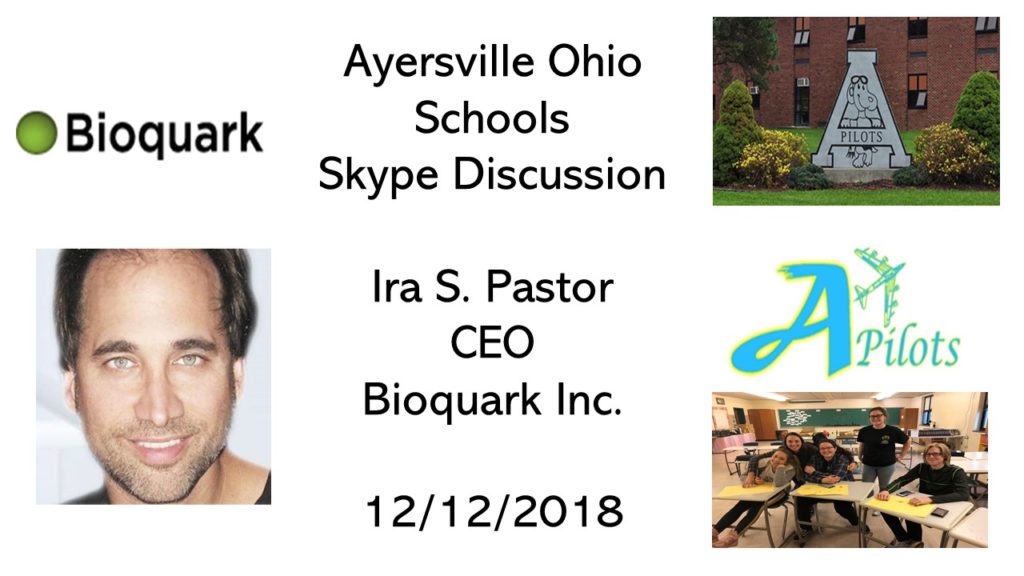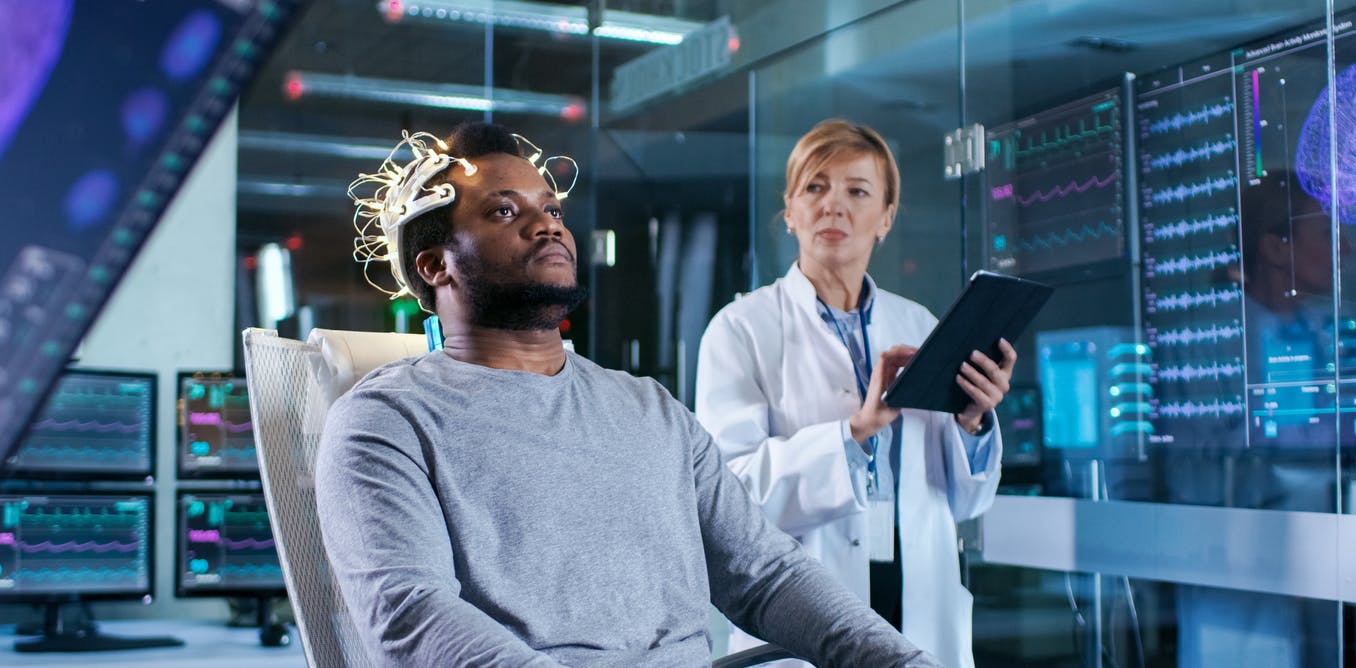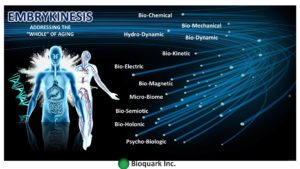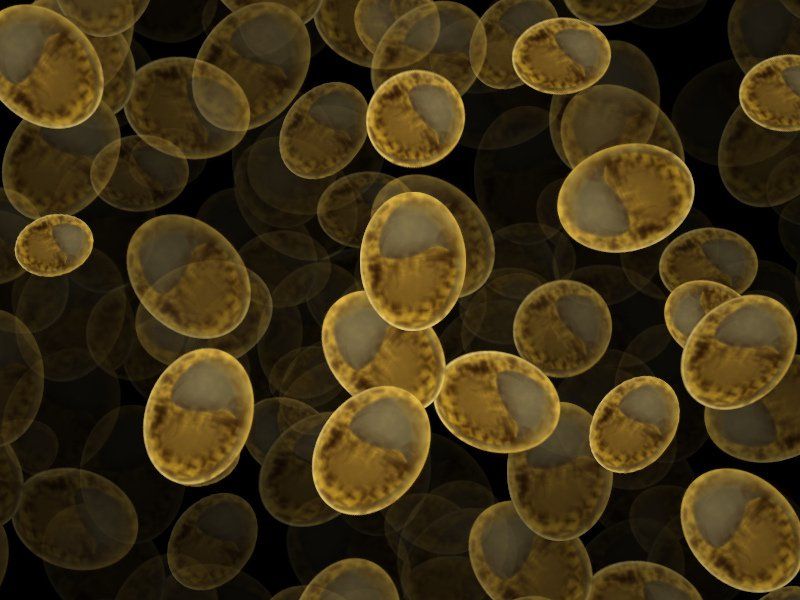Questions have been raised recently regarding Jeanne Calment’s record as the oldest recorded human.
If you open an article dedicated to supercentenarians, it is very likely that at its very beginning, you will see the name of Jeanne Calment, the oldest known person in the world, who is believed to have lived for up to 122 years. Jeanne is not merely a unique phenomenon from the point of view of statistics; over the years, she became a symbol of extraordinary human capacities.
For a person who sticks to a healthy lifestyle or even engages in biohacking in order to live longer, Jeanne’s record is a teasing goal to achieve and surpass; however, to the researchers of aging, this extremely rare event is rather a reason for curiosity – and skepticism.







